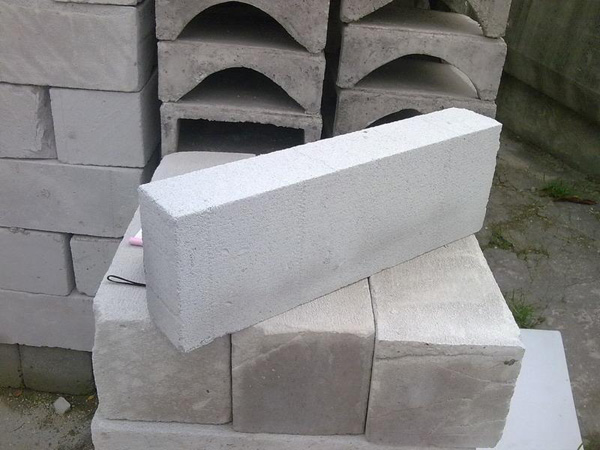- 25
- Jan
Selection skills of lightweight refractory insulation bricks
Selection skills of lightweight refractory insulation bricks
Lightweight thermal insulation bricks are light in weight. They can be used in thermal insulation areas to insulate and reduce noise. In addition, thermal insulation can reduce the fuel consumption of the kiln and reduce production costs. The relatively large amount of lightweight thermal insulation bricks include lightweight clay bricks and lightweight high alumina bricks, but how to choose lightweight clay bricks and lightweight high alumina bricks? Of course, there are some skills.
The selection of lightweight refractory insulation bricks must first consider strength, aluminum content, earthquake resistance and impermeability. When choosing lightweight refractory bricks, we must first understand their characteristics. The aluminum content of light clay bricks is about 30-35%. Under normal circumstances, the intensity is 3-4Mpa.
You can check the lightweight clay bricks in advance. Of course, the selection technique can be known from the surface or some details.

When choosing lightweight clay bricks, first look at whether the surface of the lightweight brick is uniform in color. If the color is uniform, it means that the firing temperature is stable and the thermal shock will be good. Then hold the edge of the brick with your hand to see if the powder particles are falling. If it does not fall after pressing hard, it means that the strength can exceed 3Mpa. Then open a piece of light clay brick to see if it is sandwiched. If the sandwich appears yellow or red, it means that the light clay brick has not burned through and the permeability is not good. If the opening is the same as the surface, it means that the strength and shock resistance of the lightweight clay brick are OK, and you can buy it with confidence.
Lightweight high alumina bricks are light in weight and have good high temperature resistance in the thermal insulation zone. They are more expensive than light clay bricks, but they are also used at higher temperatures. It has better thermal insulation performance and is 10 times more effective than ordinary lightweight thermal insulation concrete. The aluminum content of the lightweight high-alumina brick is more than 40-45%, the strength is 6-7Mpa, and the color is whiter than that of the light clay brick. Well, the other is to measure the size to see if it meets the control range of the brick size to be used. Then open the section of the lightweight high-alumina brick to see if it is sintered thoroughly. If the light-weight high-alumina brick has the same color inside and outside, it indicates that the strength and heat preservation performance are good.
Of course, the selection of these lightweight insulation bricks requires an understanding of refractory materials. If it is not very clear, it is the method of inspection, but some of the above tips can also choose the intuitive and simple method of lightweight refractory bricks.
